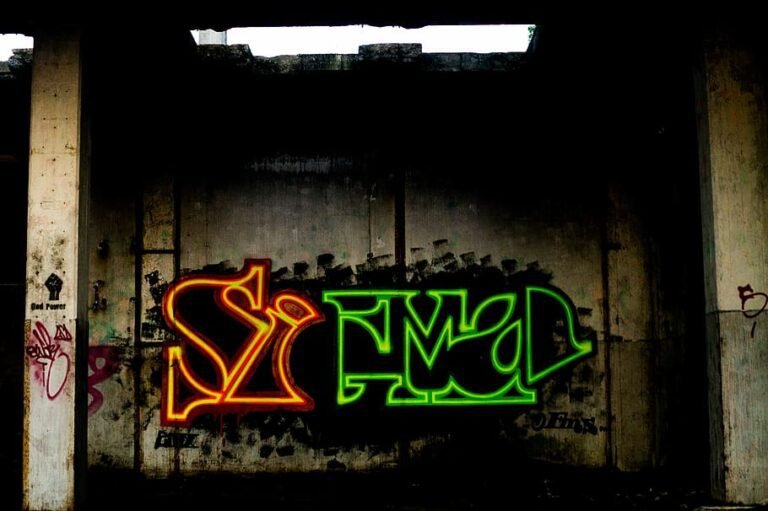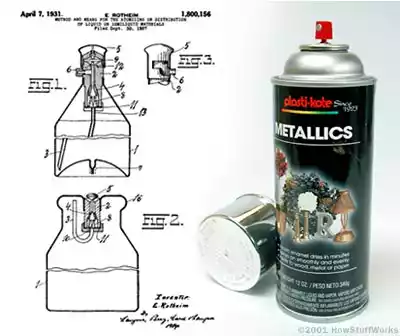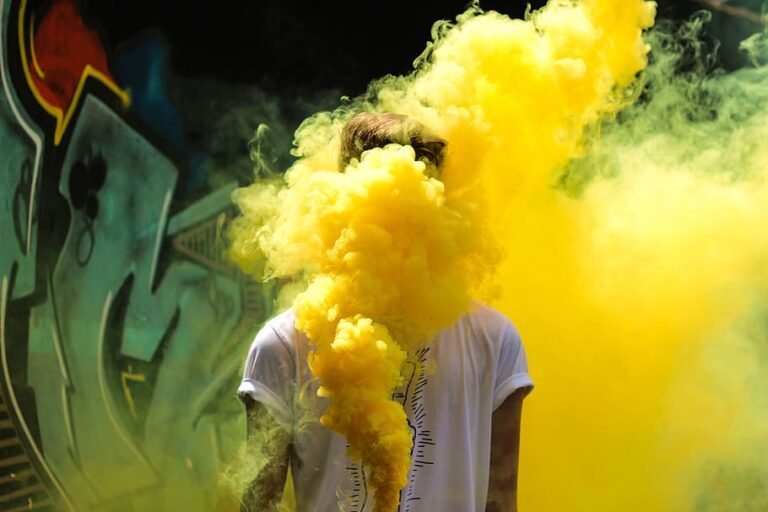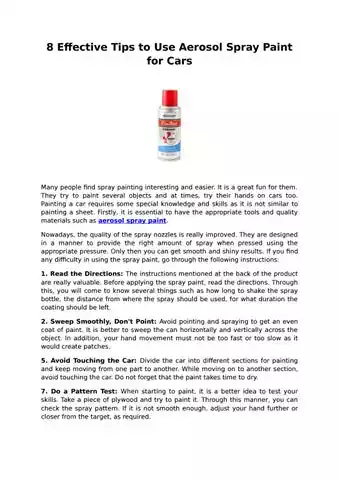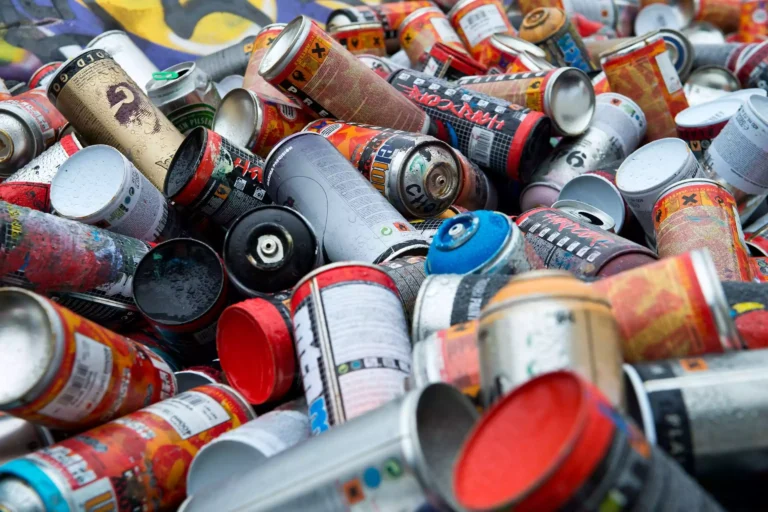Rub ‘n Buff vs Spray Paint! A Comparison Of Interior Painting Projects
Two popular options that often spark debates among painters are Rub ‘n Buff vs Spray Paint. Understanding the differences between these two methods is vital for any professional painter to make informed decisions and deliver top-notch finishes. Rub ‘n Buff and Spray Paint, examining their compositions, application processes, advantages, limitations, and best uses.
Rub ‘n Buff
A. Definition and Composition
Rub ‘n Buff is a unique type of wax-based metallic finish that comes in small tubes or jars. It is formulated with a blend of metallic pigments, waxes, and resins, offering a distinct luster and brilliance. This composition allows the material to create an opulent appearance similar to real metal on various surfaces.
B. Application Process
- Surface Preparation
Achieving a flawless finish with Rub ‘n Buff begins with meticulous surface preparation. Clean the surface thoroughly, ensuring it is free from dirt, grease, and any previous coatings. Sanding might be necessary to create a smooth and even surface.
- Application Techniques
The application of Rub ‘n Buff requires a delicate touch. Apply a small amount of the product on the desired surface and gently rub it using a soft cloth or sponge. Buff the area until the desired level of metallic sheen is achieved. Multiple thin coats may be necessary for a more pronounced effect.
C. Advantages
- Metallic Finish and Luster
Rub ‘n Buff’s true allure lies in its ability to produce an authentic metallic finish that imitates real gold, silver, bronze, and other precious metals. This quality makes it an ideal choice for accentuating ornate details and intricate designs in interior decor.
Related: What Size Spray Tip For Exterior Paint?
- Ideal for Detailed and Small Projects
Due to its intricate application process and precise control, Rub ‘n Buff is perfect for smaller projects, such as picture frames, decorative figurines, and jewelry boxes.
- Easy Touch-Ups and Repairs
In the event of minor scratches or imperfections, Rub ‘n Buff allows for easy touch-ups, ensuring the longevity of the finish without the need for repainting the entire surface.
D. Limitations
- Limited Color Range
Rub ‘n Buff primarily offers metallic colors, which might restrict its application on projects where a broad spectrum of non-metallic hues is desired.
- Not Suitable for Large Areas
Applying Rub ‘n Buff over vast surfaces can be time-consuming and labor-intensive. Its meticulous application process might lead to uneven finishes in larger areas.
Spray Paint
A. Definition and Composition
Spray paint is a versatile type of paint packaged in aerosol cans. It consists of pigments, solvents, and binding agents that create a fine mist when sprayed onto a surface.

B. Application Process
- Surface Preparation
Proper surface preparation is critical when using spray paint. The surface should be clean, dry, and free from any dust, grease, or loose particles. Sanding and priming might be necessary, depending on the material.
- Application Techniques
Spray paint offers quick and even coverage when applied correctly. Hold the can at a consistent distance from the surface, and use smooth, sweeping motions to achieve uniform results. Multiple thin coats are recommended to prevent drips and ensure proper adhesion.
C. Advantages
- Wide Range of Colors and Finishes
Spray paint boasts an extensive array of colors and finishes, including matte, gloss, satin, metallic, and more. This diversity makes it suitable for various interior design styles and preferences.
- Quick and Even Application
Spray paint’s aerosol format allows for rapid application, enabling painters to cover large areas efficiently and achieve consistent results.
- Suitable for Large Projects and Surfaces
When tackling extensive interior painting projects like walls, furniture, or cabinets, spray paint is a time-saving solution, ensuring a smooth and uniform finish.
D. Limitations
- May Require Multiple Coats
Certain colors and finishes may necessitate multiple coats to achieve the desired opacity and vibrancy, adding to the project’s time and material costs.
- Difficulty in Achieving Detailed Finishes
Unlike Rub ‘n Buff, spray paint may not be the best choice for intricate and detailed projects, as it might result in overspray and lack of precision.
| Key Differences | Rub ‘n Buff | Spray Paint |
|---|---|---|
| A. Finish and Appearance | Luxurious metallic finish | Diverse colors and finishes, including metallic options |
| B. Application Techniques | Gentle, hands-on approach | Aerosol application, suitable for larger areas and quicker projects |
| C. Versatility and Project Suitability | Accentuates intricate details and smaller items | Well-suited for larger surfaces and projects with a wide range of color options |
| D. Durability and Longevity | Decent durability | Lasting power depends on surface preparation and product quality, may require touch-ups over time, especially in high-traffic areas |
Best Uses for Rub ‘n Buff
- A. Home Decor and Accent Projects
Rub ‘n Buff shines in enhancing the beauty of home decor items such as mirrors, picture frames, lamp bases, and candle holders, adding a touch of elegance and sophistication.
Related: How To Spray Paint Without Streaks? Easy & Quick Fix!
- B. Restoring Antique Items
When restoring vintage or antique pieces, Rub ‘n Buff is an excellent choice to bring back their original splendor and maintain historical authenticity.
- C. Craft and Art Projects
Artists and crafters can utilize Rub ‘n Buff to create stunning mixed-media art, sculptures, and jewelry, leveraging its metallic brilliance to elevate their creations.
Best Uses for Spray Paint
- A. Interior Walls and Furniture
For interior painting projects encompassing walls, furniture, and cabinets, spray paint provides a cost-effective and time-efficient solution with a wide range of color options.
- B. Large-Scale Renovation Projects
When undertaking significant renovation projects that involve extensive painting, spray paint streamlines the process and delivers consistent results.
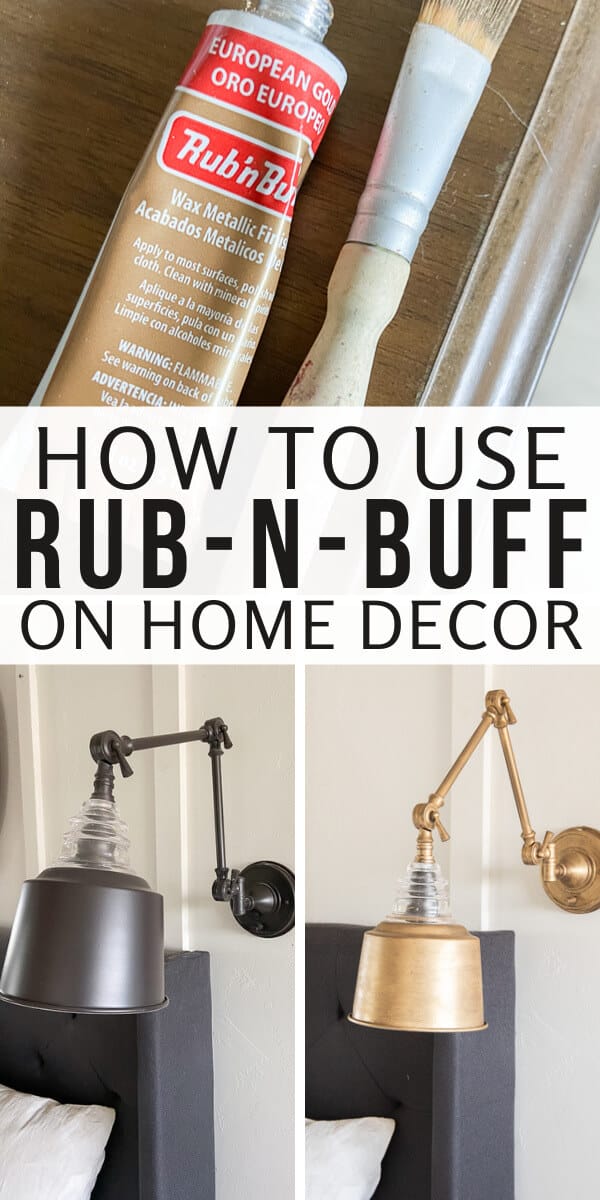
- C. Automotive and Outdoor Projects
Spray paint is the go-to option for automotive touch-ups and outdoor projects, including garden furniture, fences, and metal surfaces.
| Factors to Consider | Rub ‘n Buff | Spray Paint |
|---|---|---|
| A. Project Size and Scope | Suitable for smaller, intricate projects. | Ideal for larger surfaces and extensive undertakings. |
| B. Desired Finish and Aesthetics | Offers a luxurious metallic finish. | Provides a plethora of color and finish options. |
| C. Time and Application Constraints | Demands more time and attention to detail. | Offers a quicker and more straightforward application. |
| D. Budgetary Considerations | Unique qualities might justify a higher price for intricate works. | More cost-effective for larger projects. |
Conclusion
In conclusion, both Rub ‘n Buff and spray paint have their distinctive strengths and applications in the world of interior painting. Rub ‘n Buff is best suited for smaller, intricate projects, offering a luxurious metallic finish, while spray paint excels in larger surfaces and extensive undertakings, providing a wide range of color and finish options.
When making a decision, consider the project size, desired finish, time constraints, and budgetary considerations to ensure the best outcome for your interior painting project.
Jane Ansems is a highly talented and accomplished spray can artist, known for her intricate, detailed, and thought-provoking works of art. She began her career as a street artist in the early 2010s, quickly gaining recognition for her unique and innovative style.
